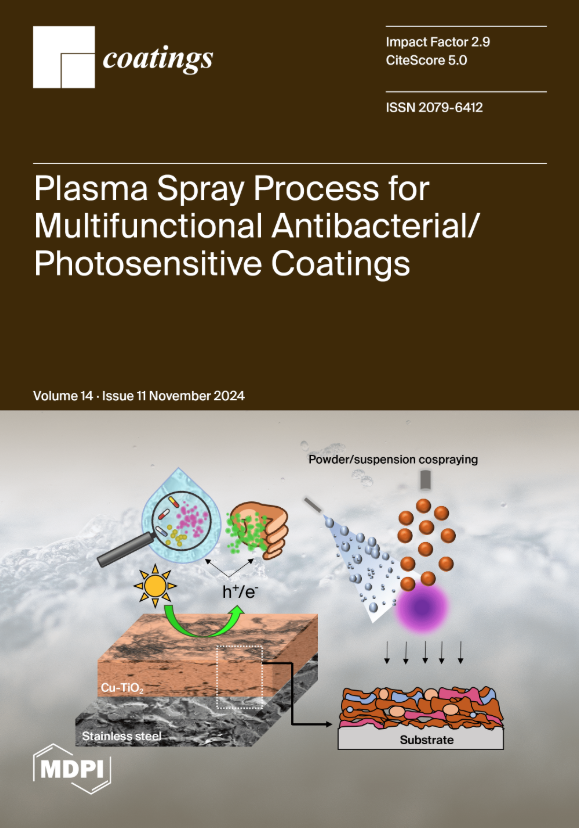The Origin of Ko-Kutani Porcelain: New Discoveries and a Reassessment
IF 2.8
3区 材料科学
Q2 MATERIALS SCIENCE, COATINGS & FILMS
引用次数: 0
Abstract
The origin of Ko-Kutani porcelain and its decoration style have been debated for over a century. Despite the well-established theory that identified the wares as the result of porcelain production in Kaga (present-day Ishikawa Prefecture) in the 17th century, there still is no general agreement as to where they were first incepted and fired. In recent years, curatorial traditional criteria have formed the basis upon which a new theory has been gaining popularity in Japan, identifying Arita (present-day Saga Prefecture) as their actual place of birth. Such a new theory, however, has proven insufficient to cast new light on many of the unexplained facts that characterize the history of the wares. Furthermore, scientific evidence has been lacking, as no systematic analyses of the porcelains were carried out until the present work. In order to define univocally the dynamics behind this period of Japanese history, the most important and complete Ko-Kutani collection extant in Japan today (Ishikawa Prefectural Museum of Art) was analyzed by portable X-ray fluorescence (pXRF). The scientific investigation was also extended to the very scarce shards excavated at the Kaga kiln site and Nonomura Ninsei’s masterpieces. For the first time ever, the results herein presented clarify the missing points crucial to reaching a definitive conclusion.小谷瓷器的起源:新的发现与重新评估
一个多世纪以来,人们一直在争论小久谷瓷器的起源及其装饰风格。尽管有公认的理论认为这些瓷器是 17 世纪加贺(今石川县)瓷器生产的结果,但对于这些瓷器最初是在哪里开始生产和烧制的,人们仍然没有达成一致意见。近年来,根据传统的策展标准,一种新的理论在日本逐渐流行起来,该理论认为有田(今佐贺县)才是瓷器的真正诞生地。然而,事实证明,这种新理论并不足以揭示这些瓷器历史上许多无法解释的事实。此外,由于在本研究之前没有对瓷器进行过系统分析,因此一直缺乏科学依据。为了明确界定这段日本历史背后的动态,我们利用便携式 X 射线荧光(pXRF)对日本现存最重要、最完整的小谷收藏(石川县立美术馆)进行了分析。科学调查还扩展到在加贺窑遗址出土的非常稀少的碎片和野野村仁世的杰作。本文介绍的结果首次澄清了对得出最终结论至关重要的缺失点。
本文章由计算机程序翻译,如有差异,请以英文原文为准。
求助全文
约1分钟内获得全文
求助全文
来源期刊

Coatings
Materials Science-Surfaces, Coatings and Films
CiteScore
5.00
自引率
11.80%
发文量
1657
审稿时长
1.4 months
期刊介绍:
Coatings is an international, peer-reviewed open access journal of coatings and surface engineering. It publishes reviews, research articles, communications and technical notes. Our aim is to encourage scientists to publish their experimental and theoretical results in as much detail as possible. There is no restriction on the length of the papers. Full experimental and/or methodical details must be provided. There are, in addition, unique features of this journal:
* manuscripts regarding research proposals and research ideas will be particularly welcomed
* electronic files or software regarding the full details of the calculation and experimental procedure - if unable to be published in a normal way - can be deposited as supplementary material
 求助内容:
求助内容: 应助结果提醒方式:
应助结果提醒方式:


